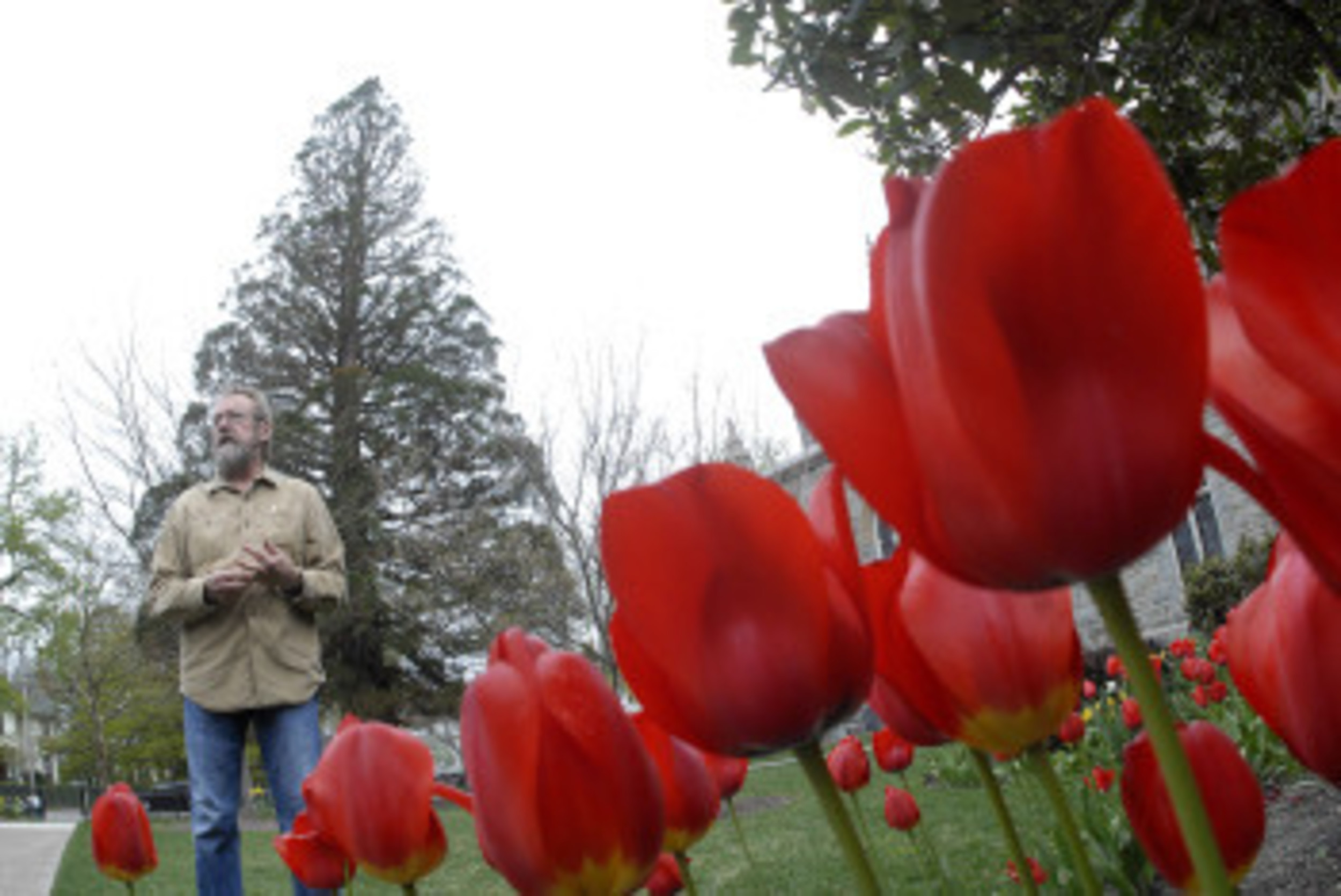Roots in the ground
Bristol's Gary Watros could put a man on the moon, or 2000 bulbs in a garden. It's all in a day's work.
Watros rejects the term "Renaissance man" in general, and certainly any attempt to slap that label on him, as though he was unique in …
This item is available in full to subscribers.
Please log in to continue |
Register to post eventsIf you'd like to post an event to our calendar, you can create a free account by clicking here. Note that free accounts do not have access to our subscriber-only content. |
Day pass subscribers
Are you a day pass subscriber who needs to log in? Click here to continue.
Roots in the ground
Bristol's Gary Watros could put a man on the moon, or 2000 bulbs in a garden. It's all in a day's work.
Watros rejects the term "Renaissance man" in general, and certainly any attempt to slap that label on him, as though he was unique in some way. "In our age you can't be a Renaissance man; there's so much to know out there," he says.
As though every Tom, Dick and Harry was a master gardener, historian, volunteer, minister, world traveler, landscape architect, cook, teacher, interior designer, collector, husband, father, and aeronautical engineer who spent 1964-1970 at NASA Mission Control in Houston.
It's not a new concept: the term for people who enjoy expertise in multiple disciplines is "polymath," which is Greek for "having learned much." A sound name, though not as appealing as the one that invokes that period of art, learning and humanism, a fundamental tenant of which was expressed by Leon Battista Alberti, a fifteenth-century Italian architect (and a bunch of other things) as "A man can do all things if he will."
People who are interested in things make interesting people; people you like to listen to, who make learning fun. Luckily for them, Watros enjoys working with students; whether teaching fourth-graders about Bristol's architectural heritage through Mosaico's "Sense of Pride" program or sharing his collections of historical radios, cameras, and phones, he possesses an encyclopedic knowledge of a remarkable variety of subjects. The first (and to date, only) male member of the Bristol Garden Club, Watros ran a program through the Guiteras School that combined his love of American history, gardening, and specimen trees.
Working with a group of third graders, he gave history lessons on the Civil War, the Apollo program and the Wright Brothers, that were followed by the planting of trees whose seeds came from a tree under which Abraham Lincoln passed the day he delivered the Gettysburg Address, orbited the Moon on Apollo 14, and "witnessed" the first flight at Kitty Hawk in 1903. Those trees and others are on the Guiteras campus and at Thomas park. Watros' own yard contains "children" of the last surviving tree planted by Johnny Appleseed; the Angel Oak, the oldest tree east of the California redwoods; a tulip poplar planted by George Washington; and an oak that was planted a century ago outside the Alamo (though that seedling may not have survived our rough winter.)
Watros and his historic trees live on High Street, along with his wife Beverly, in an exquisite 1830's home that has been lovingly restored in his 16 years of occupancy. Each room represents a distinct architectural period, and Watros has paid remarkable attention to detail to each unique space: everything from furnishings to fixtures, colors and wall coverings, are appropriate to the represented era.
It's that attention to detail that provides a glimpse into Watros' former career, which landed him front and center of some of the most iconic moments in American history. Or, as he nonchalantly calls it, ticking down the list of some of the topics on which he speaks with some frequency, "the NASA thing."
"The NASA thing," specifically, was Watros' years as the man responsible for the Lunar Module environmental, electrical, communications, pyrotechnic and backpack systems from 1964-1970, at NASA Mission Control in Houston. That time period encompasses Apollo missions 1 through 14; the Lunar Module being the vehicle that carried Neil Armstrong and Buzz Aldrin to the surface of the moon; and served as a life raft for Jim Lovell, Jack Swigert, and Fred Haise in the Apollo 13 "successful failure." Watros' team was central to solving the many problems that cropped up following the abortion of the mission, until the crew was safely returned to each. Fans of the film recall how harrowing it was to watch those scenes, even while knowing there would be a happy resolution. Watros lived it, with no such assurances.
"Getting through Apollo 13 was tough," he said. "And we came closer to losing them than the world will ever know."
Those days behind him, Watros finds himself as busy as ever. And while his earthly pursuits don't typically require his "rocket scientist" credentials, they still find their way out from time to time. He's unafraid to tackle home repairs that would send other men running for experts (we're talking systems, not trim paint), and one look at the structure he built for his bean crop (50 pounds last summer alone) will tell you that Watros is not the average gardener. "Yeah," he laughs, examining the architecture of his impressive tower of bean, "you can tell an engineer lives here."






